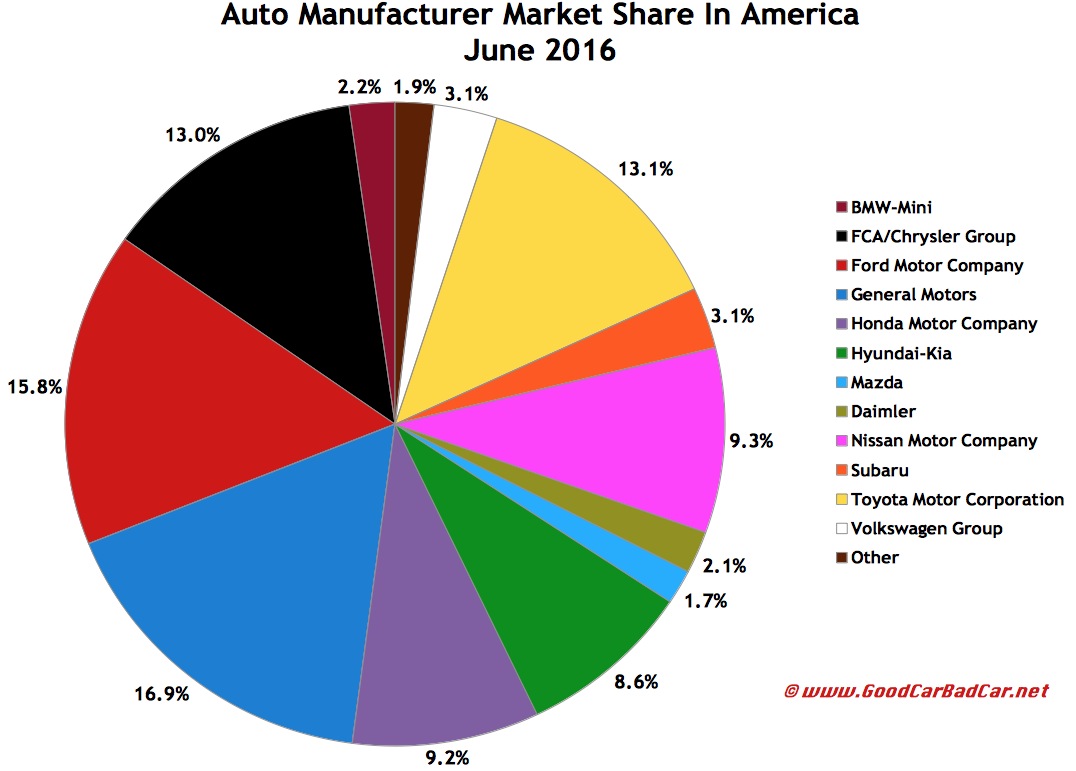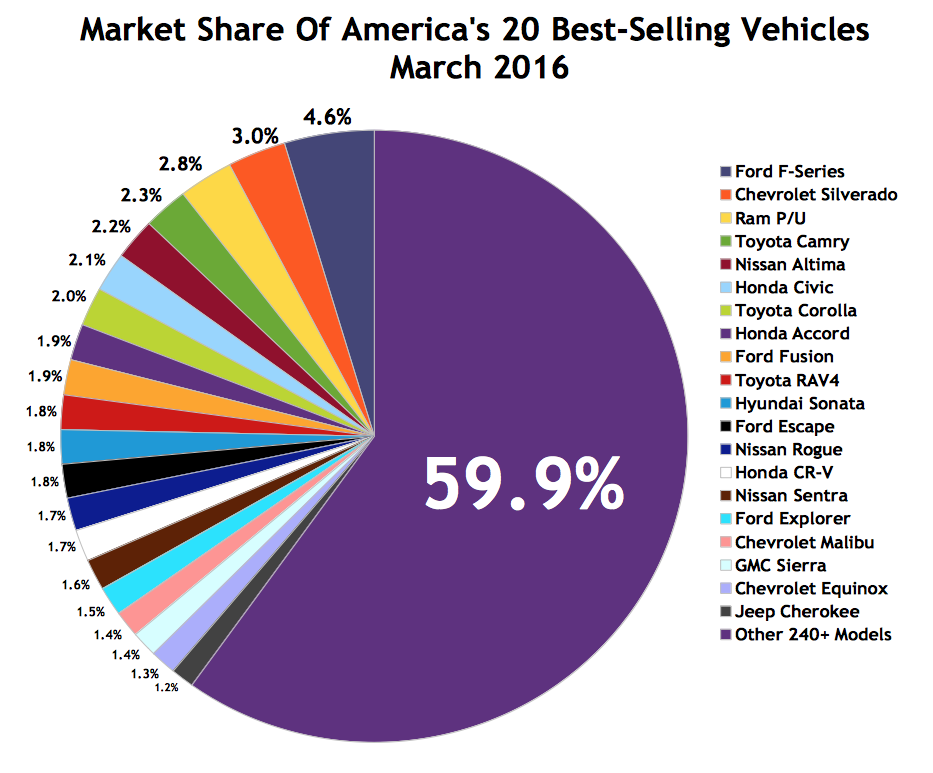In the dynamic landscape of the automotive market, understanding US auto sales payment is crucial for potential buyers. With numerous financing options available, it can be overwhelming to navigate through the intricacies of vehicle purchase agreements. This article aims to demystify the various aspects of auto sales payment, ensuring that you make informed decisions when purchasing your next vehicle.
In this guide, we will explore the different payment methods available, the significance of credit scores, and tips for negotiating the best deal. Whether you're a first-time buyer or looking to upgrade your current vehicle, understanding these elements will empower you to make sound financial decisions.
Additionally, we'll provide insights into the current trends in auto sales payments, helping you stay ahead in the ever-evolving automotive industry. Let's dive into the world of US auto sales payment and equip you with the knowledge you need for a successful vehicle purchase.
Table of Contents
- 1. Payment Methods in US Auto Sales
- 2. Financing Options Explained
- 3. The Role of Credit Scores in Auto Financing
- 4. Tips for Negotiating the Best Deal
- 5. Current Trends in Auto Sales Payments
- 6. Common Mistakes to Avoid
- 7. Understanding Long-term Commitments
- 8. Conclusion
1. Payment Methods in US Auto Sales
When purchasing a vehicle, buyers have several payment methods at their disposal:
- Cash Payments: Although less common, paying in cash eliminates financing fees and interest.
- Financing through Dealerships: Many dealerships offer financing options that can be convenient but may come with higher interest rates.
- Bank Loans: Securing a loan through a bank or credit union often provides better interest rates than dealership financing.
- Leasing: An alternative to buying, leasing allows drivers to use a car for a set period while making monthly payments.
2. Financing Options Explained
Understanding the various financing options is essential for making an informed decision:
2.1 Traditional Auto Loans
Traditional auto loans are one of the most common financing methods. These loans can be obtained from banks, credit unions, or dealerships and typically require a down payment.
2.2 Subprime Auto Loans
Subprime auto loans are designed for buyers with poor credit scores. While they offer accessibility, they often come with higher interest rates.
2.3 Leasing Options
Leasing a vehicle can be an attractive option for those who prefer driving a new car every few years without the long-term commitment of ownership.
3. The Role of Credit Scores in Auto Financing
Your credit score plays a crucial role in determining your financing options and interest rates:
- Understanding Credit Scores: A credit score typically ranges from 300 to 850, with higher scores indicating better creditworthiness.
- Impact on Financing: A higher credit score can secure lower interest rates, ultimately saving you money over the life of the loan.
- Improving Your Score: Paying bills on time, reducing debt, and checking your credit report regularly can help improve your credit score.
4. Tips for Negotiating the Best Deal
Negotiating can significantly influence the final price you pay for a vehicle. Here are some effective strategies:
- Do Your Research: Know the market value of the vehicle you want to purchase.
- Be Prepared to Walk Away: Showing that you are willing to leave can empower you in negotiations.
- Focus on the Total Price: Instead of just monthly payments, consider the total cost of the vehicle.
5. Current Trends in Auto Sales Payments
The automotive industry is constantly evolving, and so are the trends in auto sales payments:
- Increased Emphasis on Online Sales: More buyers are purchasing vehicles online, leading to a shift in traditional sales methods.
- Alternative Financing Options: Companies are emerging that offer unique financing solutions, catering to different buyer needs.
- Focus on Sustainability: Consumers are increasingly interested in electric vehicles, impacting financing and payment structures.
6. Common Mistakes to Avoid
When navigating the auto sales payment landscape, it's essential to avoid common pitfalls:
- Ignoring the Fine Print: Always read the terms and conditions of financing agreements.
- Not Considering the Total Cost: Buyers often focus on monthly payments rather than the overall cost of the vehicle.
- Rushing the Process: Take your time to evaluate all options before making a decision.
7. Understanding Long-term Commitments
Purchasing a vehicle is a long-term financial commitment. Consider the following:
- Monthly Budget: Ensure that the monthly payments fit comfortably within your budget.
- Maintenance Costs: Factor in potential repair and maintenance expenses when evaluating total ownership costs.
- Future Resale Value: Research the projected resale value of the vehicle to understand its long-term financial impact.
8. Conclusion
In summary, understanding US auto sales payment is essential for making informed vehicle purchase decisions. By exploring various payment methods, financing options, and the impact of credit scores, you can navigate the automotive market with confidence.
We encourage you to leave a comment below, share this article with others, or explore more content on our site to further enhance your knowledge about auto sales payments.
Thank you for reading, and we look forward to providing you with more valuable insights in the future!
Article Recommendations


